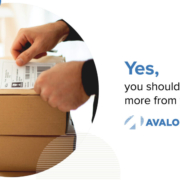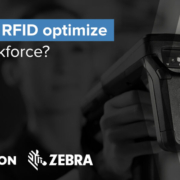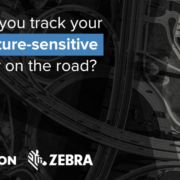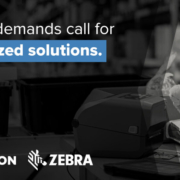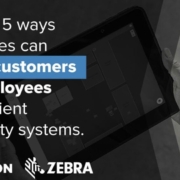It’s a fact that not every label is suitable for your operations. Even the most stringently tested consumables may not be developed to address unique application requirements such as cold storage or high heat. As stated before, cheap inferior labels do more harm than good since they can…
- Scratch your printhead and cause premature printhead failure
- Leave behind debris pileup that leads to a jam and costly downtime
- Lose adhesive strength in rough conditions
- Fade overtime, compromising inventory and asset identification
Over time, these implications will slow down productivity, increasing operational costs and diminishing customer loyalty. In other words, while labels account for a small portion of your business, they greatly affect profitability. Therefore, businesses are encouraged to search for the following ten qualities in their labeling solution in order to certify maximum productivity from their operations.
What to Expect…
- Smooth surface – Rough surfaces made from inferior materials can damage printheads over time as they leave behind label debris with every print job.
- Heat-resistant adhesive – Effective thermal printing hinges on heat to produce crisp long-lasting barcodes. If labels aren’t able to handle to heat, barcodes will fade before their time, impacting product identification, stock counts, and inventory management.
- Environment resistance – In addition to high heat, labels can face numerous environment challenges such as freezing cold, dust, chemicals, condensation, and abrasion.
- Tested material – To ensure environment resistance, label material should be as stringently as the label itself.
- Consistent quality – If your labels begin to underperform overtime, it may be because label materials have been changed during production. To secure consistent print quality, you must secure consistent label composition.
- Fast replenishment – When labels themselves are out of stock, your inventory runs the risk of being misidentified, improperly stored, and wrongly shipped. Fast replenishment through programs such Zebra’s ZipShip eliminate these dangers by restocking labels in less than 24 hours from one of Zebra’s four label converting facilities.
- Environmentally conscious – Discarded labels directly contribute to paper waste along with used ribbons and liners. Eco-friendly consumables such as Zebra’s Linerless Label or 8000D Dissolvable Labels reduce paper waste while continuing to provide crisp barcodes and accelerating order processing.
- Label configuration – Labels should be wound outwardly in order to fit your industrial printer without causing slack.
- Required certifications – Whether it’s an FDA seal or RoHS compliance, labels can be tailored and customized to meet specialized requirements, eliminating the risks of your products being recalled.
- Committed to lower costs – In addition to preserving customer loyalty and inventory identification, Zebra’s certified labels can further lower costs through the . By exclusively purchasing Zebra’s Certified Consumables, your operations qualify for free printhead replacements, virtually eliminating costly downtime from poor print quality and damaged printheads.
Compare Zebra’s Certified Consumables with traditional non-tested labels to see the benefits in our video:
As part of our push for seamless and cost-effective modernization, Avalon is committed to assisting businesses in optimizing workflows with solutions that surpass expectations. Contact us today for a free labeling assessment to find the consumable solution that best fits your needs.

